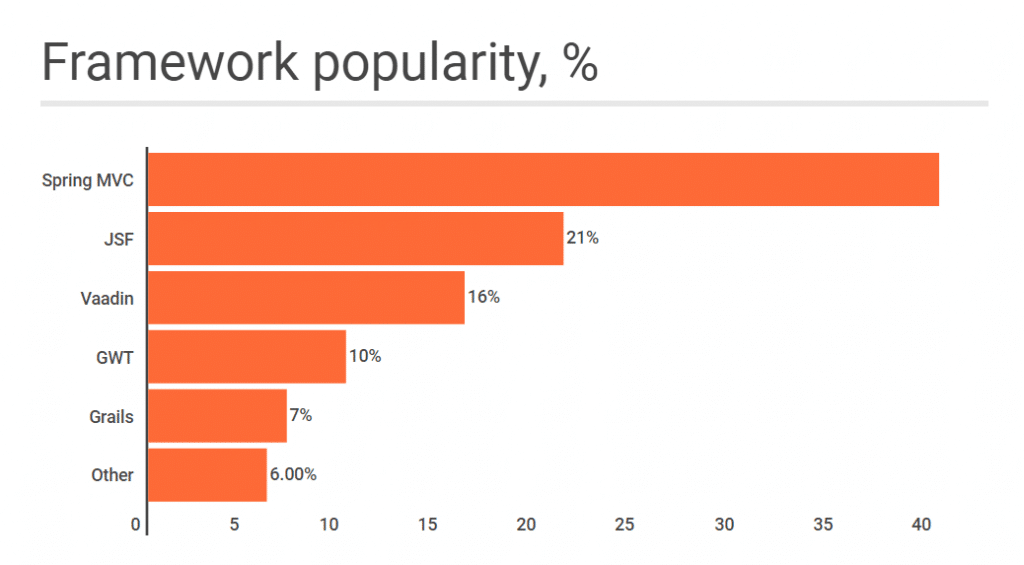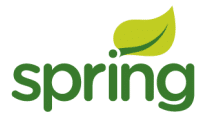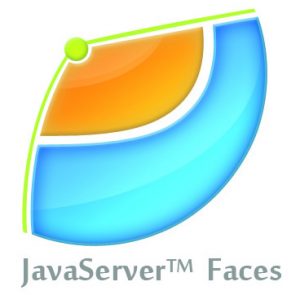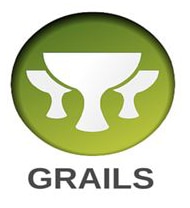7 Best Java Frameworks for 2016
There is no doubt that Java is one of the programming languages that is most in demand these days. Here we have scooped a handful of goody info about trending frameworks that ease everyday lives of software developers around the globe.

As per a survey conducted by RebelLabs, the media ally for the online Java User Group (Virtual JUG), the line-up of best java frameworks for 2016 is the following:

Source: RebelLabs for Zero TurnAround Inc.
We will not push you or make you jump into conclusions just based on the comparison chart below, but will present you the overview of each concept letting you analyze and contrast the differences and pick the perfect match depending on your project type.
The Best Java Frameworks:
- 1. Spring MVC
- 2. Struts 2 Java framework
- 3. Hibernate Java framework
- 4. Jsf Java framework
- 5. Vaadin Java framework
- 6. Google Web Toolkit
- 7. Grails Java framework
Java Frameworks: Pros and Cons
1. Spring MVC

Old but gold, Spring MVC is still ahead of the curve after more than a decade since its first release. After its expansion to embrace the complete MVC framework, Spring kept on evolving adopting changes and turned into a full-scale Java framework for Internet-facing applications offering software engineers a powerful toolkit for web application development, application configurations as well as for security projects. Being one of the most favored among programmers, Spring has a well-developed ecosystem offering a variety of add-ons to choose from REST APIs or SOA web services, security (authentication and authorization, encryption, etc). Another benefit of this choice is a big company of fellow-developers who chose to use this particular Java framework, too. Thus, they are ready to give you a helping hand with any query you might have.
Pros and Cons
Spring is not nesting in the top charts without a reason. It is one of the best and most known Java frameworks because of:
- simplified injection of test data due to use of POJOs;
- enhanced modularity resulting in better code readability;
- loose coupling between different modules;
- Dependency Injection (DI) flexible use.
Although not a direct framework downside, regardless of piles of reference documentation, Spring MVC might be more than they can chew for newbie Java developers making the learning curve too steep. Thus, dealing with some parts of this Java framework can be tough for if you bump into a poorly documented chunk of references, the info you find might be different across versions.
By the way, due to a great experience of our Software Engineers, Spring MVC is one of our fancied frameworks.
2. Struts 2

To elaborate even more on existing Java frameworks that are widely used by modern software engineers, we decided to refer to the successor of Apache’s Struts 1, Struts 2. This Java framework is quite a finding for engineers who work with building contemporary Java EE web apps. Apache software foundation has equipped developers with an extensive tool for creating enterprise-ready web-facing applications optimizing the development process from the beginning to the final point and post-go-live maintenance. This concept is the right choice if you sweat over high-load systems as described in our case study Building a Scalable Web Application for News Portal of TV and Radio Broadcaster.
Testing of the written code takes less effort because of Struts 2 implemented Action class – plain POJO objects. The coupling of the application becomes easier with the framework’s API helping to tune Interceptors.
Pros and Cons
When you ask yourself why to use Struts 2, consider the luxury of not having to override or implement Action class – it is already in place! Repetitive setup code that IT engineers need to create for several actions is no longer a concern because Interceptors take care of it.
However, you might get turned off by the weight of this Java framework: some programmers find it to be a heavy-duty claiming it’s not agile enough to go for.
3. Hibernate

Although not on RebelLabs’ list either, it is worth mentioning Hibernate when debating about the best Java framework. This mapping Java framework cracks object-relational impedance mismatch issues by substituting persisting DB accesses high-level object handling functions. With every enterprise application being one of a kind, Hibernate is equipped with a great feature suite that helps backend developers fine-tune the data access layer. This is an advanced ORM framework that lets you perform the database operation on Java objects (entities). It is a persistence concept that utilizes Hibernate cache to persist the data from the Java environment to the database.
Pros and Cons
Hibernate is allowing to communicate with any database using tiny alterations in the code you write bridging the gap between objects and relational words. On top of that:
- Oracle, Db2, or MySQL, Hibernate is DB independent;
- caching mechanism to bug database with similar queries;
- N+1 or Lazy loading support.
Despite its obvious advantages, Hibernate does not permit multiple inserts not allowing some queries than JDBC does. In addition, this Java framework might not be a good idea for small scale projects that have fewer tables.
More read: Overview of Java Web Application Frameworks in 2020
4. Jsf

Being a part of Java EE, JavaServer Faces is supported by Oracle. Although this one is not the best framework for a speedy Java development, it is easy to utilize because of the great documentation provided by Oracle Corp. Additionally, until you leave the Java EE environment, JSF has no external dependencies but plenty of capabilities instead. Rich libraries and tools (including a toolset for easy user interface creation) become a magic wand that can back you up no matter how complex to develop the application might seem.
Pros and Cons
As mentioned, Jsf is an integral part of Java EE. Thus, developers draw on the IDE software suite as well as a prime level of support from the industry-leading vendors.
On the contrary, JavaServer Faces is too vast to easily comprehend for those whose prior experience and skills in web development basics are not solid enough.
5. Vaadin

Using GWT for rendering the end web page, Vaadin became one of the uber-popular frameworks modern developers choose when creating applications for business. Utilizing a well-known component-based approach, Vaadin takes the burden off the developer’s shoulder by communicating the changes made to the browser. An extensive set of UI components along with varied widgets and controls allows programmers to build cool applications in no time.
Pros and Cons
Built layout in Java, HTML or both, Vaadin gives an opportunity to bind data using either MVC or MVP. Drag and drop support along with other outstanding features simplifies the creation of single-page UIs for Java applications.
On the downside, a sluggish UI for a mobile app can be a concern since Vaadin sends back every event to the server.
6. Google Web Toolkit

GWT is an another free Java framework allowing coders to create and optimize sophisticated web-based apps. GWT Software Development Kit features core Java APIs and widgets for constructing apps compiled to JavaScript after.
Pros and Cons
With Google Web Toolkit you get a single code base (both browser- and server-side programming in Java) that eases up the development and debugging processes. Simple integration with other technologies allows programmers to embed GWT widgets in web pages. A custom widget is another benefit that can be created with the help of GWT.
However, if you are a web designer, GWT might be not the best Java framework to opt for: it is not amiable to those favoring plain HTML and late dynamic content placement.
7. Grails

This particular web framework is regarded as a dynamic tool enhancing engineers’ productivity due to opinionated APIs, sensible defaults as well as Convention-over-configuration paradigm. Seamless Java integration makes this particular framework one of the top choices for hundreds of programmers worldwide. A suite of powerful features such as Spring-powered dependency injection, varied plug-ins offer everything needed to create modern web-based apps.
Pros and Cons
Speedy setup of a new project and scaffolding saves a lot of precious time to coders. A huge library offers more than 200 different easy-to-install plug-ins. Despite the beauty of Grails, a full-stack development Java framework, it has a bulky functionality covered by Grails’ Object Relational Mapping making it a relatively heavy piece of software.
So what to choose?
Choosing the suitable concept among such a variety of popular Java frameworks for 2016 can be a cumbersome task as each company sticks to its own ideas on web-based and mobile apps creation while selecting the winning approach. No matter which exact framework will you go for, bear in mind the license, ease of installation, how active the network is, and documentation at hand, etc. Depending on the project type, sometimes it is wise to have all the tools under one roof shaking things up, but quite often it makes more sense to trim the fat and go for a light-weighted concept instead.



